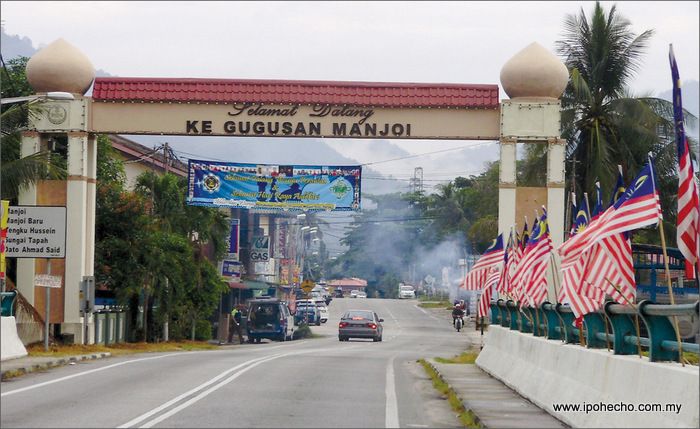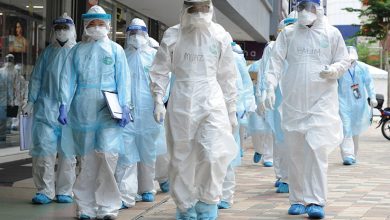What has Happened to The Lifestyle of Kampong Folk?


By Jerry Francis
Has urbanisation affected the lifestyle of the residents of the predominantly Malay neighbourhood of Gugusan Manjoi in Ipoh? This appears to be the case, if we base the conclusion on the Ipoh City Council’s selection of this growth area for its street crime reduction programme.
What has happened to the friendly hospitality and trusting community spirit in the predominantly Malay kampongs, which we often praised? Where even gates and doors of houses used to be left open without fear of criminals walking in. Are all these in the past now?
At least, this is the impression I get when Ipoh Mayor Dato’ Harun Rawi recently classified Gugusan Manjoi as a “black spot” and chose it as part of the programme under the National Key Results Area’s (NKRA) Safe City Initiative in a bid to reduce crime rate in the area.
The programme is endorsed by the Home Ministry and the Urban Wellbeing, Housing and Local Government Ministry under the “Crime Prevention Through Environmental Design” concept. Dato’ Harun was quoted to have said that the Safe City Programme, which is expected to cost RM2.85 million, was aimed at curbing street crimes, especially snatch thefts on the city roads and walkways.
The fund will also be used to increase the number of streetlights and provide motorcycle parking with lock and key facilities. Additionally more signboards as well as convex mirrors at strategic road curves and bends will be installed.
The City Council had studied and collected all the information to carry out the project. Dato’ Harun said the programme would be publicised widely to provide an effective impact to the public.
“We will ask the public for their opinion, including community leaders, youths, religious institutions and residents as well as the main agencies such as the police, National Anti-drug Agency (AADK) and state Immigration Department. So far, the City Planning Department has collaborated with AADK to run programmes which will involve giving talks, among others, to spread awareness of the importance of this programme,” he said. The City Council is waiting for the allocation approval from NKRA before finalizing the main components of the programme.
I am surprised by the city council’s classification of Gugusan Manjoi, which consists of a cluster of five kampongs – Kg. Manjoi, Kg. Tengku Husin, Kg. Sungei Tapah, Kg Dato Ahmad Said and Kg. Tersusun Jelapang Baru, as a “black spot.” Even certain police personnel and residents in the area cannot accept the fact that the environment in the predominantly Malay neighbourhood could turn out to have a high rate of street crime.
“We can accept the number of petty thefts committed by juveniles and dadah addicts have increased, but not street crimes,” remarked an upset resident. He believes the attitude of the kampong folks has not changed. The majority of them still care and trust one another in the villages.
I am convinced that developments in the area are not drawing some to crimes or attracting outsiders to come into Gugusan Manjoi to commit crimes. Furthermore, there are not many commercial areas within Gugusan Manjoi, only a few shop houses scattered about.
I hope the City Council has not classified it as a “black spot” as an excuse to channel more funds to Gugusan Manjoi. Of course, Gugusan Manjoi, which is lagging in development compared to its surroundings, needs funds for development but not funds meant for fighting crime. By all means direct some allocations for development and eradication of poverty to the area, which has been lagging for over 20 years, in terms of development, compared to other areas in the city.
The state government had relocated the Kinta District Land Office and a hypermarket to the area in the hope to stimulate development.
The Safe City Programme is meant to fight street crimes in “black spots” within the city. Let allocation from the fund be used for that purpose in places such as Kampung Simee, Betong, Pasir Puteh, Canning Garden and Bercham, where the crime rate is high.


